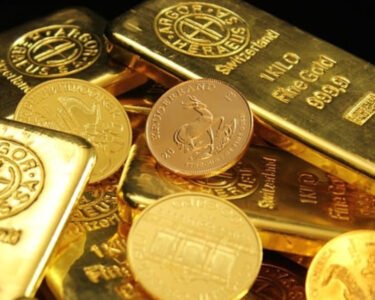Technically, it sees support around ₹90,000–91,000 and resistance near ₹99,000 in the medium to long term.
Gold and silver had a strong start to 2025, much like last year. In Q1’25, gold gained 18%. The rally continued into the new financial year, with gold hitting an all-time high of $3,500 and nearing ₹100,000. However, the tide turned quickly, as a sharp sell-off was witnessed from those record levels.
“Demand and supply factors historically have not directly made an impact on gold prices, and especially in a scenario where there are more overpowering uncertainties present in the market. Gold prices have posted a sharp rally over the last couple of months, hence some cool off in prices cannot not be ruled out,” said Manav Modi, Senior Analyst, Commodity Research at Motilal Oswal.
Modi said that there are positives and negatives for Gold prices at this juncture, mixed economic data points, tariff war, higher inflation expectations, rise in slower growth concerns, rate cut expectations, geo-political tensions, concerns regarding rising debt, increase in demand and fall in US Yields could act as tailwinds for prices.
“Any updates regarding ease off in above mentioned uncertainties could put further pressure on bullion,” he added.
Key factors triggering volatility in bullion market:
1) US President Tariff threats: Tariff war with China and major nations – both US and China has levied more than 100% tariff on each other
2) Geo-political tensions – War like scenario in Middle east, China- Taiwan and elsewhere developing over the years
3) Fed monetary policy: Market expectations and Fed’s intent for an interest rate cut
Central banks have been consistently buying gold for decades. In the last three years, they’ve bought over 1,000 tonnes annually. China reported strong gold purchases for the fifth consecutive month in March 2025.




